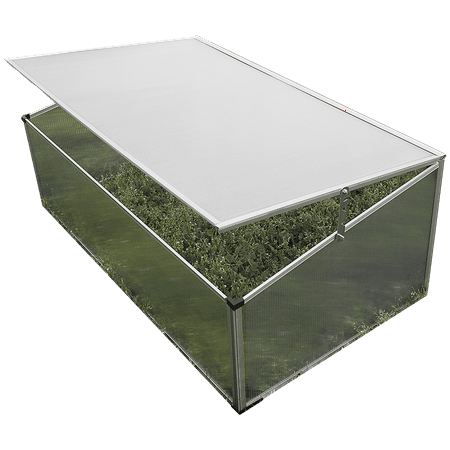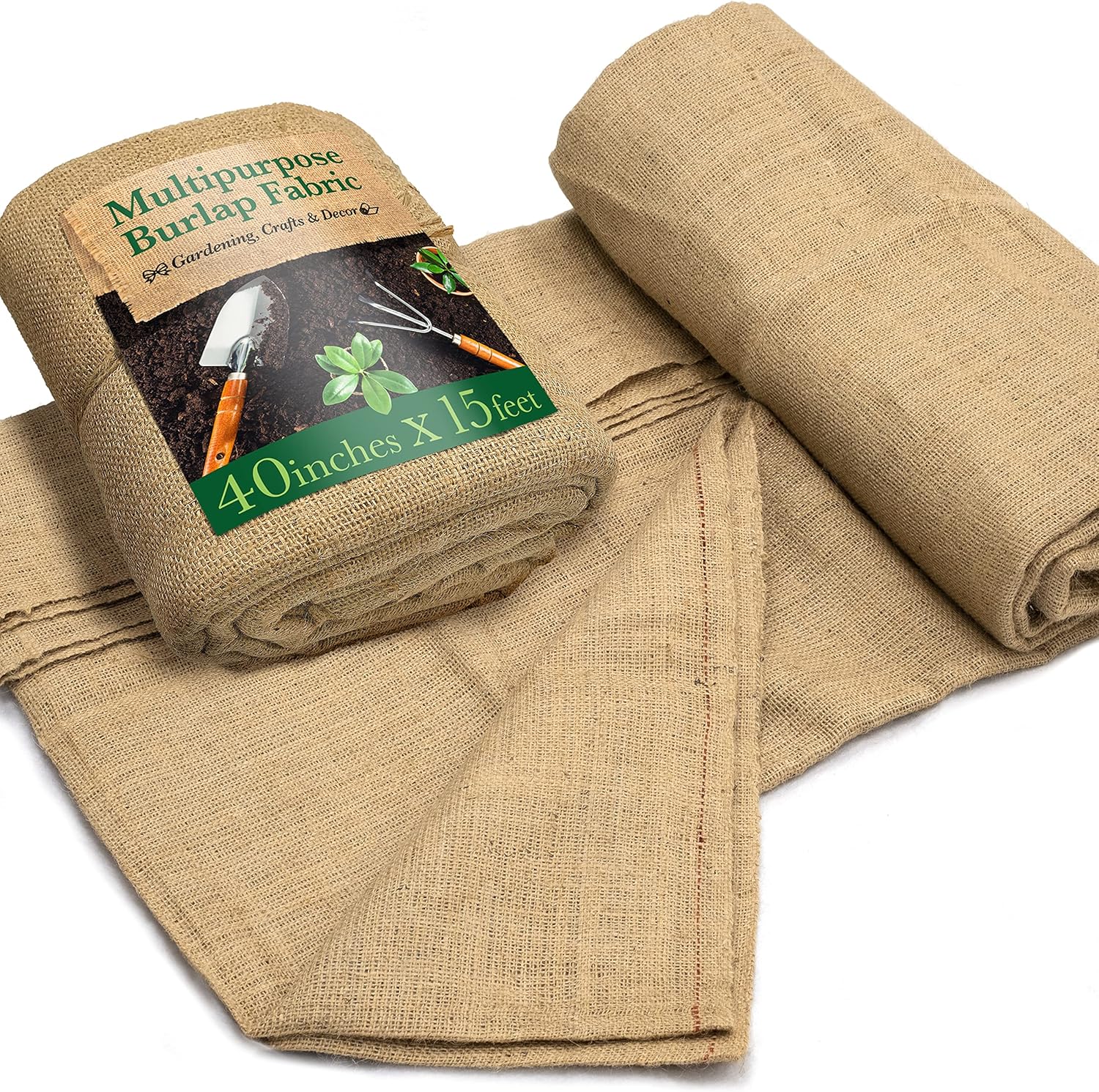I Worked Year-Round as a Horticulturist, and These 7 Late Fall Garden Jobs Are Ones You Should Never Skip – Trust Me, Your Plants Will Thank You for It
Get these great jobs done on mild days before the grip of winter arrives


It might not be time yet for a gardener to rest on their laurels. In milder climates of US hardiness zones 7-9, the grip of winter may not have fully hit, and that means it is time for a late spurt of gardening action. So, here are seven late fall garden jobs you shouldn’t skip to get your yard ready for winter.
Before the worst of the winter weather arrives, there may be time for some pruning, planting, and mulching, as well as collecting leaves and getting all your plants adequately protected ahead of the frost.
I worked year-round outdoors as a professional gardener in zone 8 in the UK, and there was no let-up in November. The to-do list was brimming with important jobs to keep the garden looking at its best, prepare it for winter, and ensure it bounced back as you’d expect come spring. To help you plan your late fall, I have identified seven tasks to add to your fall gardening checklist to get your yard in top shape.
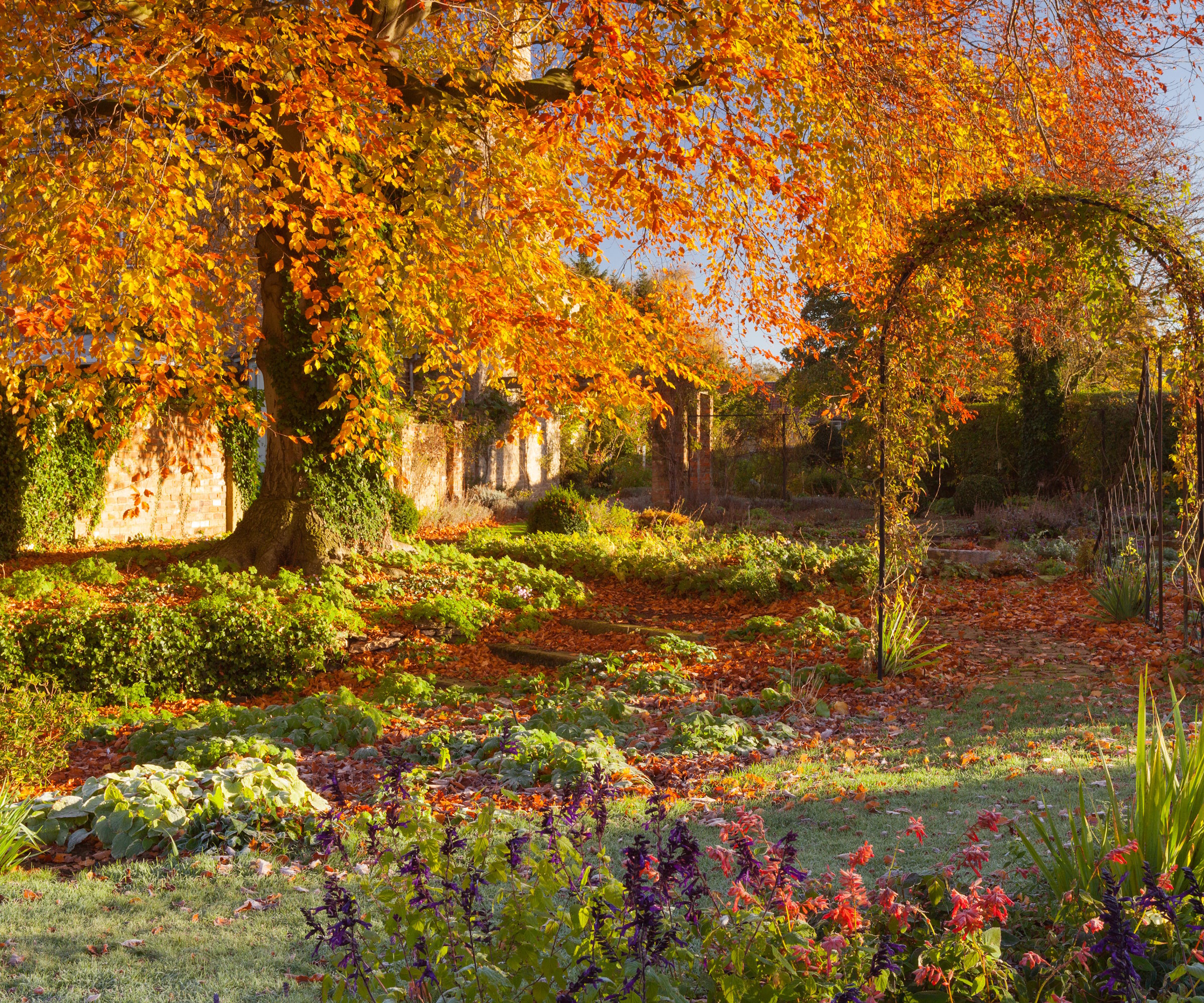
7 late fall garden jobs you shouldn't skip
Whether or not the time is right to complete all of these tasks will depend on your US hardiness zone. Those in mild or warmer climates should still have time before the temperatures plummet and freezing winds arrive to complete some of the following jobs.
1. Do some pruning

Late fall pruning is not ideal for all plants, but there may be time to start trimming some deciduous plants that go dormant for winter. The window for pruning opens in November and runs till around March.
Provided the temperatures are not freezing, you may have an opportunity to prune ornamental trees, fruit trees, soft fruit bushes, and some herbaceous perennials. To find more pruning inspiration, our guides to plants to prune in November and trees to prune in November showcase those you can trim this month, along with tips for each.
However, not all plants are suited to pruning this month. It would be a pruning mistake to trim spring-flowering shrubs, for example, as you would cut off the buds to carry next year’s blooms. For more tips, we reveal some perennials not to cut back in fall.
Design expertise in your inbox – from inspiring decorating ideas and beautiful celebrity homes to practical gardening advice and shopping round-ups.
Keep your pruning tools clean and sharp before pruning this late fall. A pocket-sized tool sharpener like this from Amazon can be a useful tool for keeping pruning shears or loppers sharp while out in the garden.
2. Move plants

Late fall offers a window to lift and transplant shrubs or perennials if they are in the wrong place, or if you are having a redesign of flower beds or borders.
Moving plants during dormancy avoids overly-stressing them. The cooler temperatures and moist soil of the fall are ideal, with the only caveat being that you want to get them shifted before the ground freezes in winter.
To transplant a shrub or perennial, dig a large circle around the plant to lift it from the ground with a lot of soil remaining on the rootball. Plant it again in its new home, and give it a thorough watering and a few inches of mulch.
If a perennial plant has gotten overgrown, it can also be a good time to divide plants. Do this by splitting the clump with a sharp spade or knife, and replanting each section wherever it is desirable.
3. Mulch beds and borders
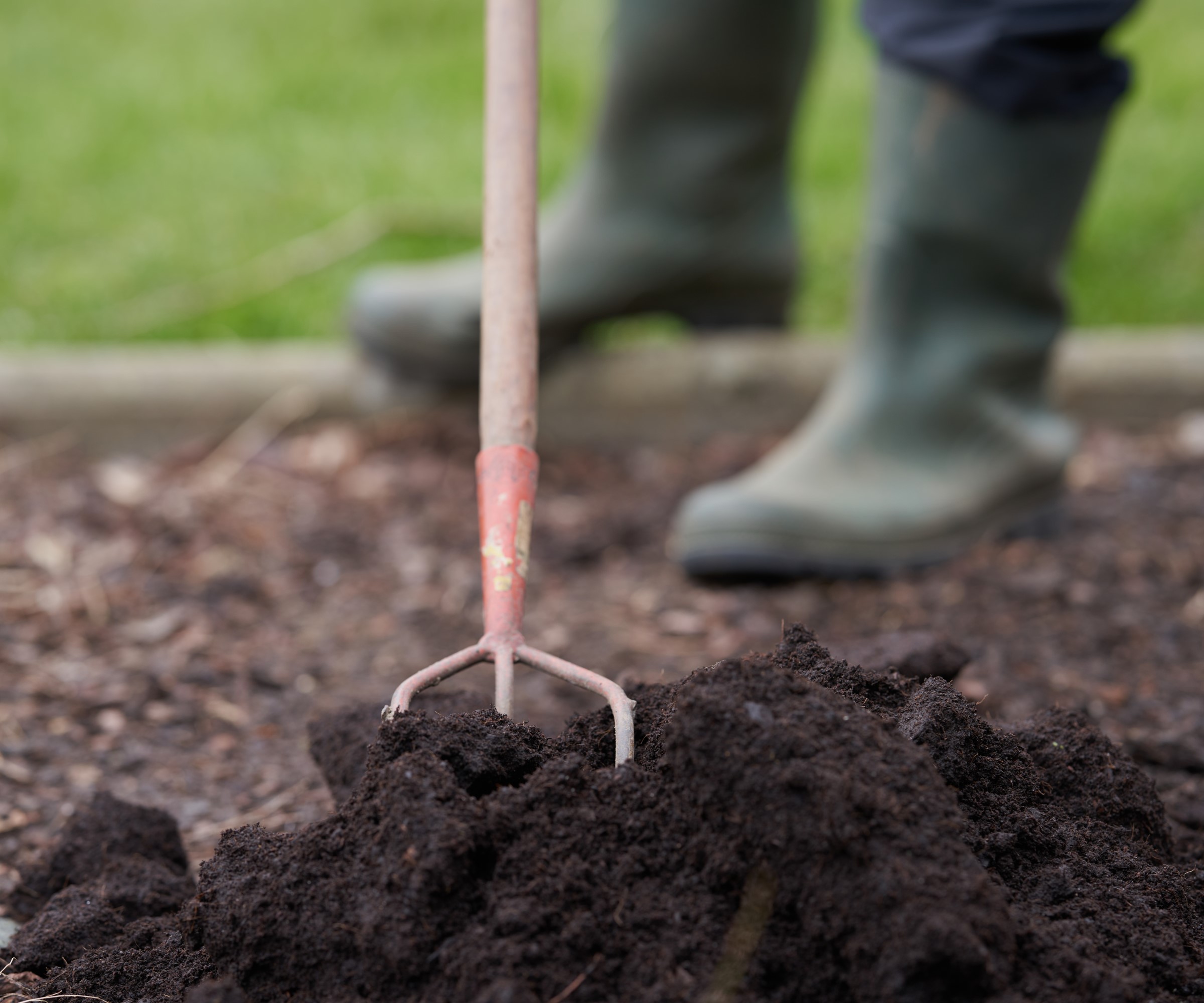
Mulching is an always-recommended fall gardening task, and there is still time to do it. Provided the soil isn’t frozen or waterlogged, adding a 2-3 inch layer of organic types of mulch offers many benefits to your plants.
In a nutshell, mulching flower beds or mulching a vegetable garden in the fall retains moisture in the soil, suppresses weeds, provides an insulating layer for roots against frost, and also boosts soil nutrients as it breaks down. All of these help your plants through winter and beyond.
The best fall mulching materials include compost, leaf mold or wood chips, such as this all-natural organic mulch at Walmart. Spread the organic material evenly, but never pile it against tree trunks or shrub stems, as this mulching mistake risks the plant rotting.
For an easy alternative, you can also use cardboard as mulch if you have lots of old boxes around the house. Remove any tape, labels and staples, overlap a few layers of cardboard, and soak them to help them stay in place.
You can get cardboard rolls to avoid laying out lots of individual boxes. For example, this corrugated cardboard roll at Amazon is 12 inches wide and over 30 feet long and will cover lots of ground. Such a roll is also ideal for making no-dig garden beds, just cover the cardboard with a thick layer of compost.
4. Add bare-root plants
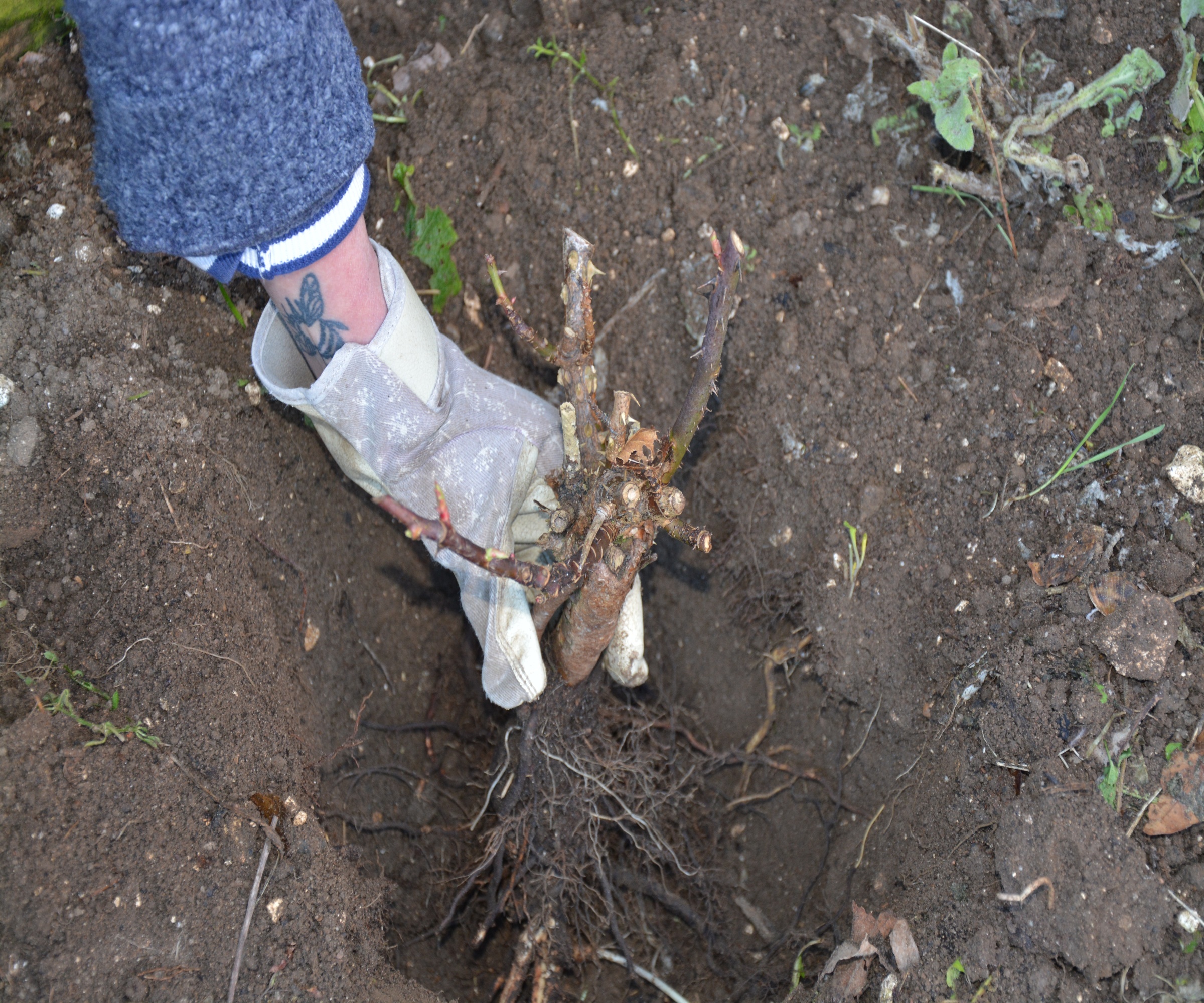
Bare-root plants are commonly available from late fall onwards, and they offer a budget-friendly way to plant a large selection of trees and shrubs, both ornamental and edible, as well as hedging plants. They are added to a garden when dormant, and arrive without a container or soil around the roots.
You can plant bare-root trees or shrubs in late fall or early winter, provided the ground isn’t frozen or waterlogged. It is advisable to soak the roots of bare-root plants for at least an hour before planting and to add organic matter, like compost or well-rotted manure, to the planting site.
There are so many trees and shrubs you can get bare-root in late fall, it would be impossible to list them all. To mention just a few, the likes of maple, beech, birch, crabapple and many fruit trees can be planted this way. When it comes to shrubs, you can get bare-root roses, viburnum, mahonia, forsythia, and many more.
If you are interested in adding fruit to your garden, our piece on fruits to plant in November reveals lots of bare-root options you can pick from for years of delicious harvests.
5. Collect leaves
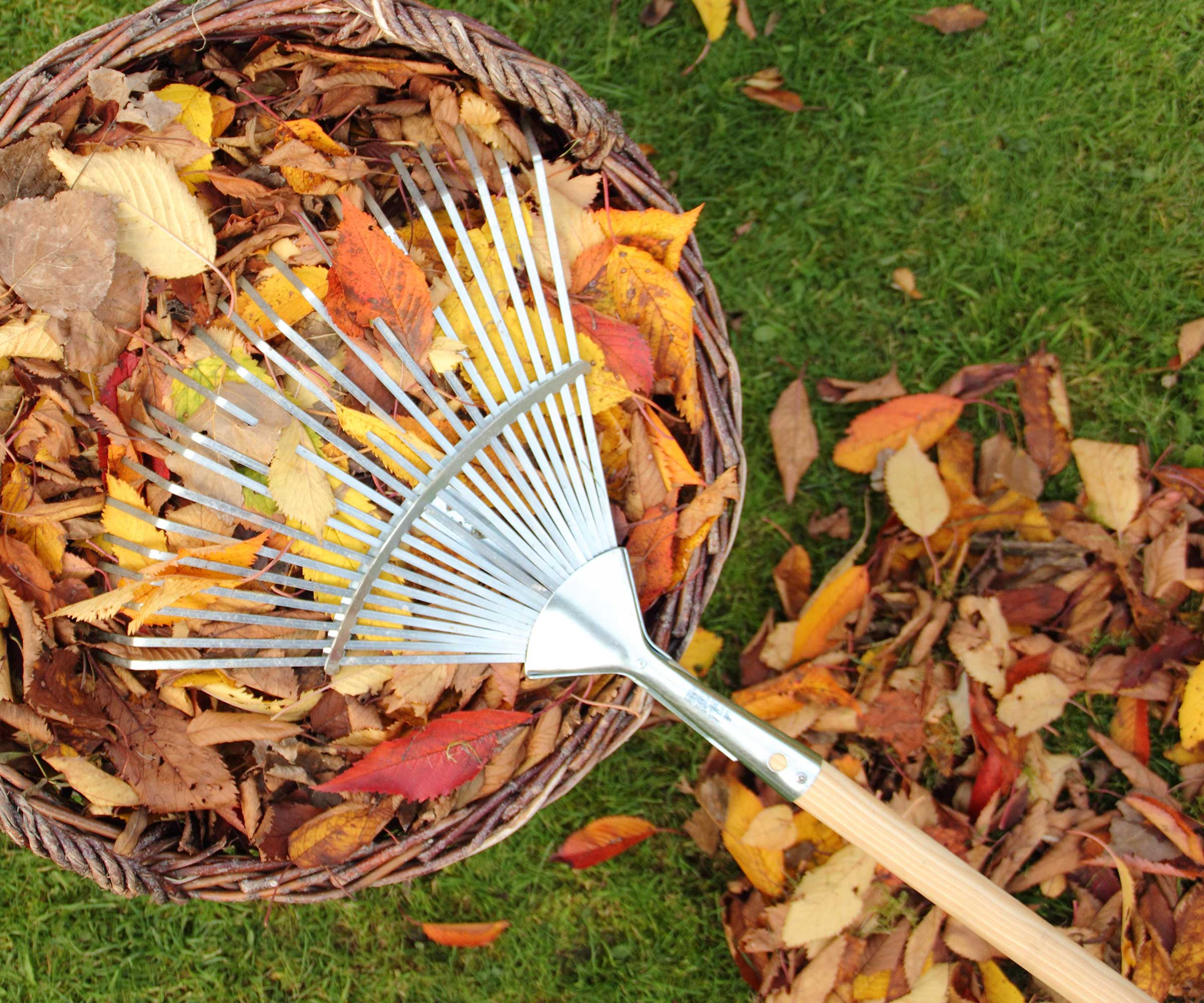
If you’ve still got fallen leaves over your lawn or driveway, take advantage of this valuable natural resource by collecting leaves and making use of them. Use those fallen leaves to mulch plants, make leaf mold, or add to the compost to boost your future soil health.
You can be selective of where you collect leaves from, rather than trying to clear every square inch of your garden. Always collect leaves from your lawn to prevent bare patches of grass or disease issues over winter. And diligently remove them from paths and driveways for safety, to stop them from becoming a slip hazard. However, leaves can be left on flower beds to mulch plants and provide shelter to wildlife.
It is advisable to shred leaves you collect before using them as mulch, so they break down quickly. Chopping them up also speeds up the process of making leaf mold. This can be done by going over the leaves with a lawn mower or using a leaf mulcher.
Alternatively, you can get machines that collect and mulch leaves, such as this 3-in-1 leaf blower, vacuum, and mulcher at Amazon.
6. Finish planting spring bulbs

You can plant spring bulbs in late fall, but it is best to finish planting them sooner rather than later, just to make sure it is a job ticked off before the ground freezes.
While September and October are ideal for planting daffodil bulbs, snowdrops, crocus and alliums, these spring bulbs can most certainly still go in the ground in November. When it comes to planting tulips, November is actually a great time to plant them to avoid tulip fire as the temperatures are colder and less inviting for the fungus that spreads the disease.
Many new gardeners wonder how deep to plant their bulbs, and the general answer is two to three times their depth. This can be done using a trowel, but a quicker way is to use a bulb planter.
To plant bulbs in late fall, you can get bulb planters with depth markers to help (such as this bulb planter tool at Amazon) or long-handled bulb planters to reduce bending (like this long-handled bulb planter tool at Walmart).
7. Protect vulnerable plants
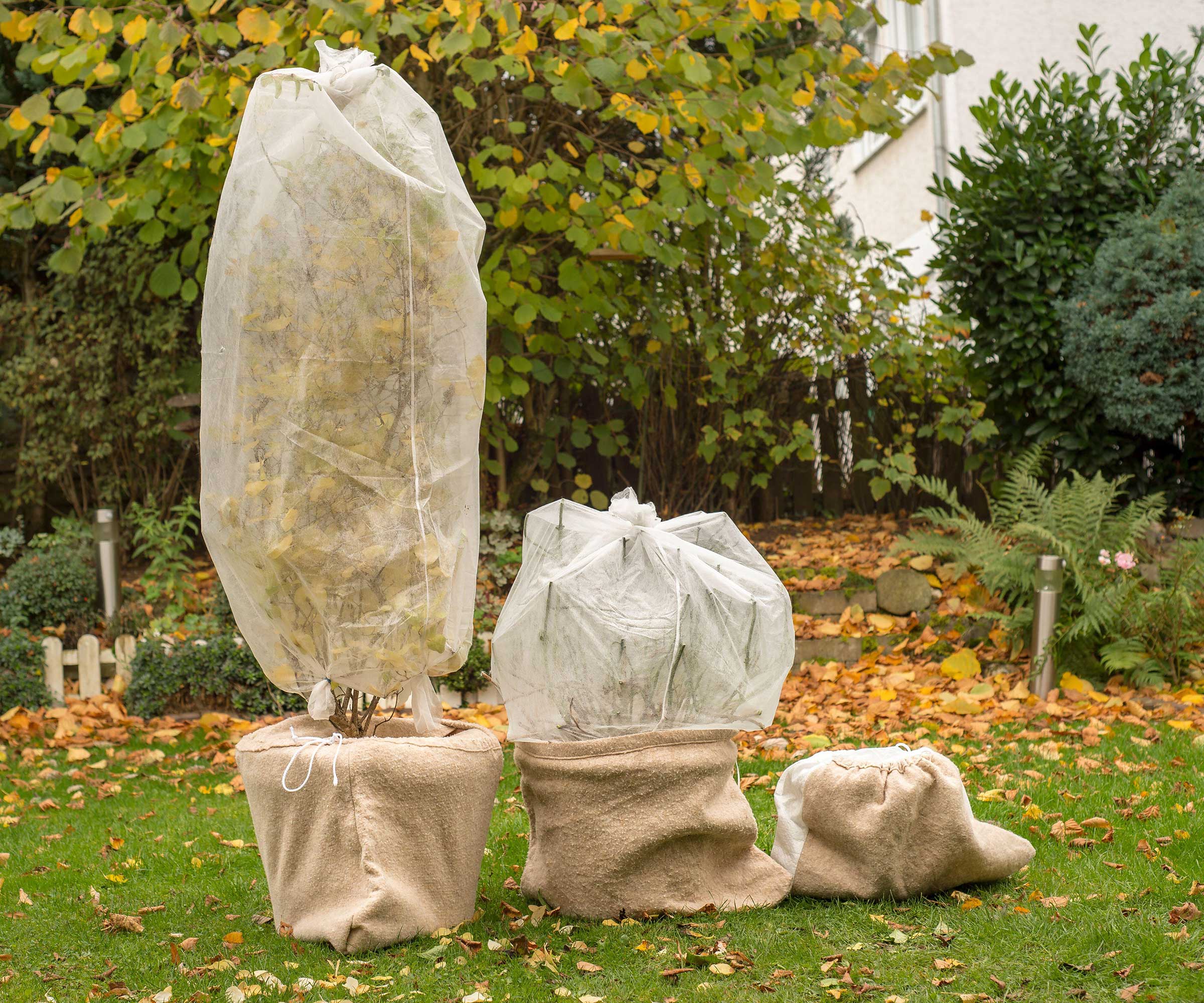
If you haven’t finished lifting or protecting vulnerable plants in your garden ahead of the frost, get it done ASAP.
Finish all the stages you need to take to overwinter a garden before the end of fall, so you can sit back safe in the knowledge that you are taking no unnecessary risks by subjecting your plants to temperatures they can't survive.
There are many potential ways to protect plants from frost, and those vulnerable plants include tender or tropical plants, half-hardy or borderline perennials, and any young seedlings. Bring tender plants indoors in November, overwinter pot plants indoors or in a protected space, and cover vulnerable seedlings with cloches or cold frames.
Plants can also be wrapped in horticultural fleece or burlap to protect them from the elements. Meanwhile, tender perennials such as dahlias or canna lilies can be lifted and stored, and plants in containers can be moved together for winter for extra warmth.
Before the end of fall, look around the garden to see what still needs some protection in your climate, and make a plan for how best to do it. Get every vulnerable plant protected before it is too late.
Shop essentials to protect plants from frost
There are some other late fall garden jobs you shouldn’t skip that can be done indoors on wet days. These include cleaning and disinfecting any indoor growing space, and insulating a greenhouse with bubble wrap to protect plants that may be spending winter in there.
Sticking sheets of bubble wrap to the inside of the glass is recommended when winterizing an unheated greenhouse, as the material retains heat in the structure while also allowing essential light to reach the plants.

Drew has worked as a writer since 2008 and was also a professional gardener for many years. As a trained horticulturist, he worked in prestigious historic gardens, including Hanbury Hall and the world-famous Hidcote Manor Garden. He also spent time as a specialist kitchen gardener at Soho Farmhouse and Netherby Hall, where he grew vegetables, fruit, herbs, and cut flowers for restaurants. Drew has written for numerous print and online publications and is an allotment holder and garden blogger. He is shortlisted for the Digital Gardening Writer of the Year at the 2025 Garden Media Guild Awards.
You must confirm your public display name before commenting
Please logout and then login again, you will then be prompted to enter your display name.
